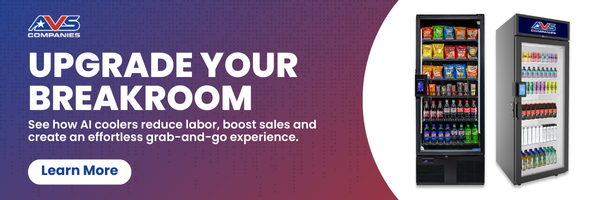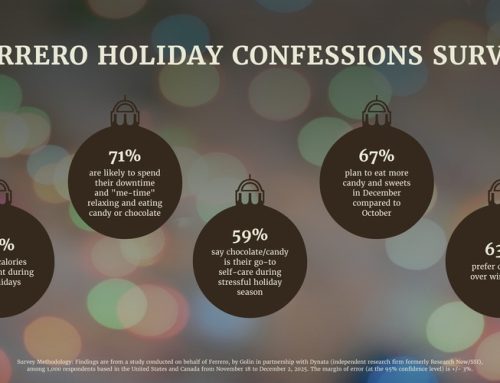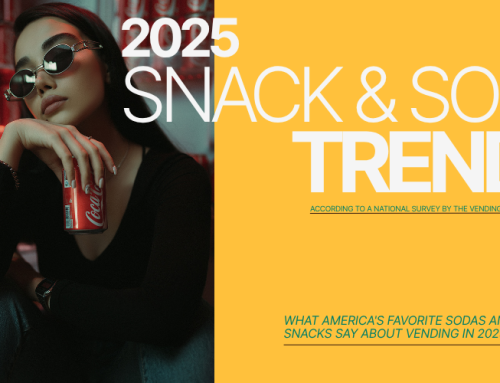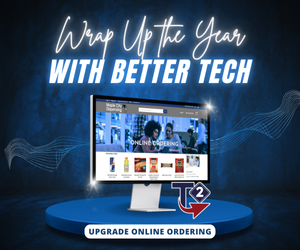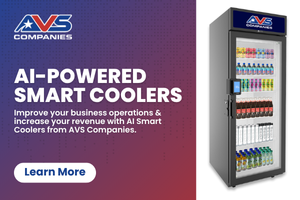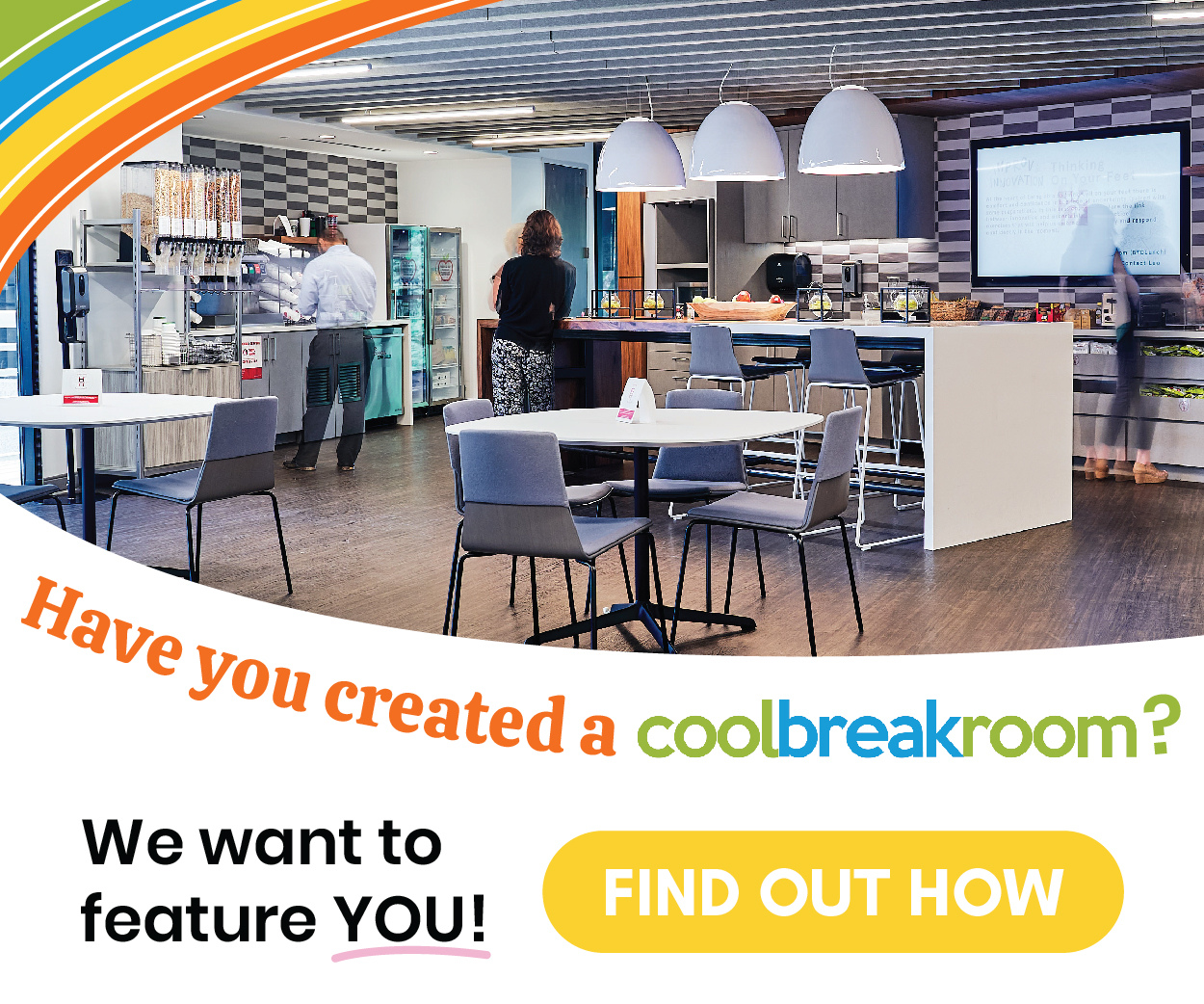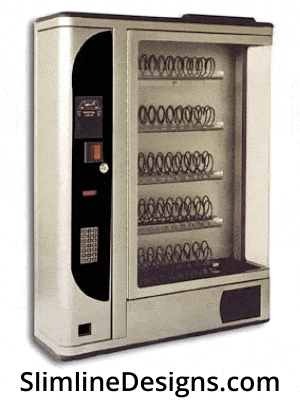New data from Toast’s 2025 Menu Price Monitor reveals that restaurant menu prices continue to climb, with notable increases in staples like burgers, cold brew coffee, and burritos. For vending and micro market operators, this trend presents a clear opportunity: position your offerings as the more convenient, cost-effective alternative to dining out of the office.
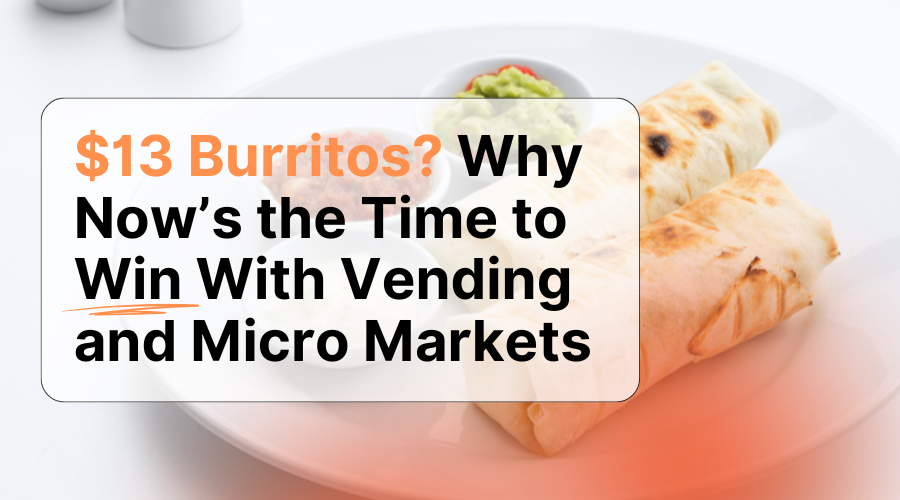
Image Source: Created by Vending Connection
Below, we break down the key pricing shifts—and how refreshment operators can turn them into strategy, margin, and customer satisfaction.
Restaurant Pricing Snapshot: June 2025
According to Toast’s report (based on 140,000+ U.S. restaurants), the year-over-year price increases for popular items are as follows:

Image Source: Created by Vending Connection
Consumers don’t love these increases. But if you’re smart enough, you could be using these price increases to your advantage.
What This Means for Vending & Micro Market Operators
1. Show Value = Go Beyond Price
Restaurant burritos now average over $13, while vending-friendly wraps, heat-and-eat meals, or grab-and-go bowls often sell for $6–$8.
Marketing Tip: Use digital signage, decals, or shelf talkers to highlight cost savings.
“Skip the $14 burger. Dine in. Grab a protein-packed wrap for just $7.”
You’re not just selling food! You’re offering value, speed, convenience, and ideally, better choices than what’s down the street.
2. Cold Brew Coffee = Upsell Opportunity
Cold brew has seen one of the largest jumps at +4.4%. With many consumers paying $5–6 at cafés, a chilled cold brew from your cooler at $3.99 is a welcome relief.
Upsell Tip: Run a weekly promotion — e.g., “Buy 4, get the 5th free!” — to boost loyalty and repeat purchases.
3. Curated Products = Higher Perceived Value
Not all inflation hits equally. Regular coffee prices stayed flat, while cold brew surged. Similarly, chicken wings remained more stable than eggs due to supply differences.
Use this insight to:
- Stock smarter: Choose SKUs that balance appeal and margin.
- Differentiate with sourcing: If you include locally roasted beans or clean-label foods, highlight that added value with signage or QR codes.
- Frame products with intention: Even staple items like coffee or snacks can be positioned as high-quality, health-conscious, or community-supported.
Turn Data Into Sales Enablement
Use this data to land new accounts. Operators can use pricing insights like these to:
- Pitch new micro markets:
“Our average meal is 35% less than a quick-service restaurant.” - Create ROI calculators:
Help HR compare the cost of catered lunches vs. subsidized micro markets in your city. - Explain price changes clearly:
When needed, communicate price adjustments with data to communicate changes with transparency and fairness.
The Opportunity Ahead
Restaurant prices will likely continue rising, driven by labor, overhead, and ingredient volatility. But vending and micro market models — especially those powered by smart coolers — offer better price stability, convenience, and great service.
For facility managers and HR teams focused on employee wellness and cost control, that’s a compelling reason to invest in your breakroom solution.
Show Why Vending & Micro Markets Are a WIN
Use the current pricing climate to:
- Elevate your messaging
- Refine your product mix
- Position yourself as a smarter alternative to restaurants
With the right strategy, inflation becomes a growth opportunity instead of a threat.
Becca Swindale is the Managing Editor of Vending Connection, a GoGo Refresh brand helping refreshment operators build better businesses by connecting them with tools, insights, and community. She stays closely connected to industry players, trends, and brings a clear understanding of the challenges operators face. Based in the Bay Area, she enjoys time with her daughters, traveling, and learning in her free time.

